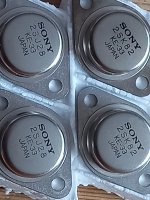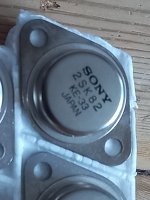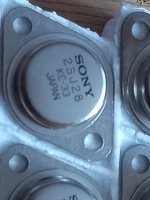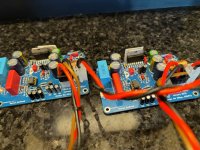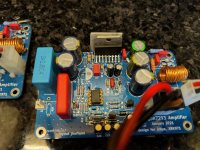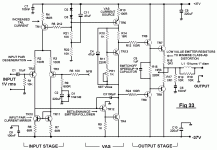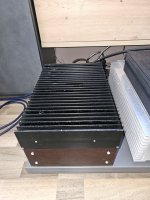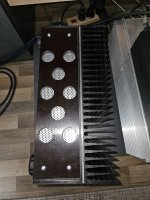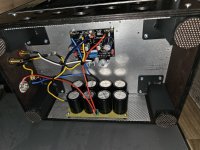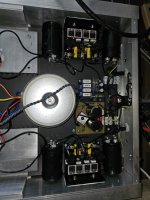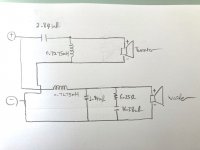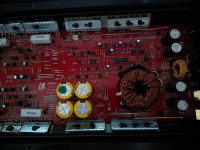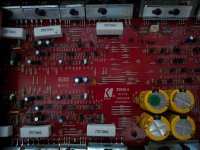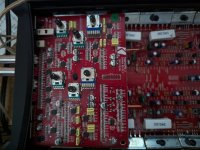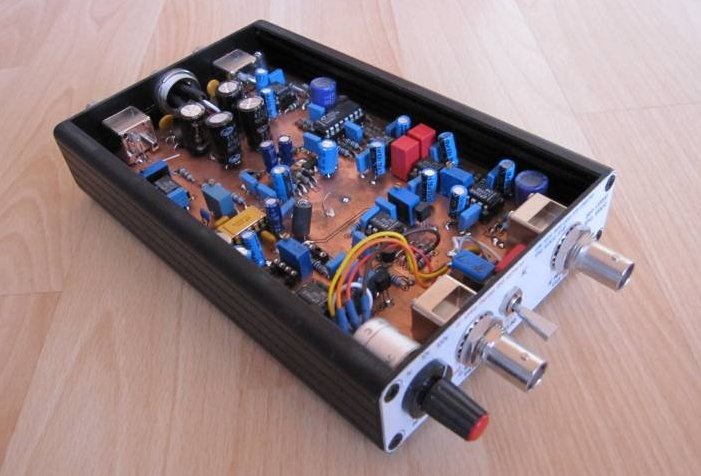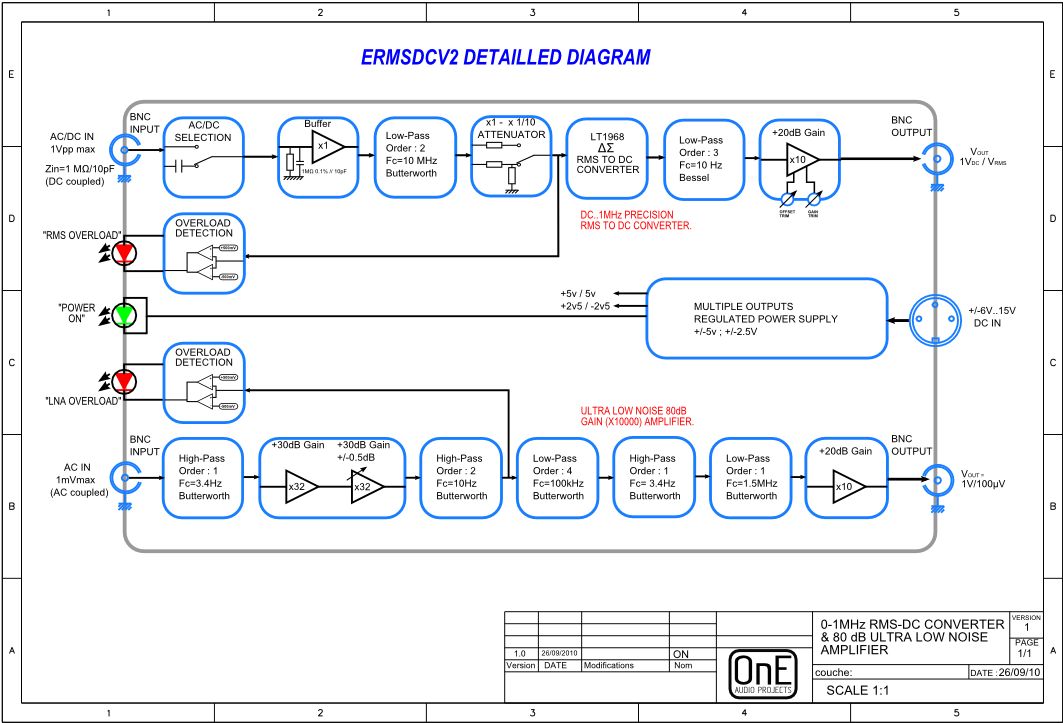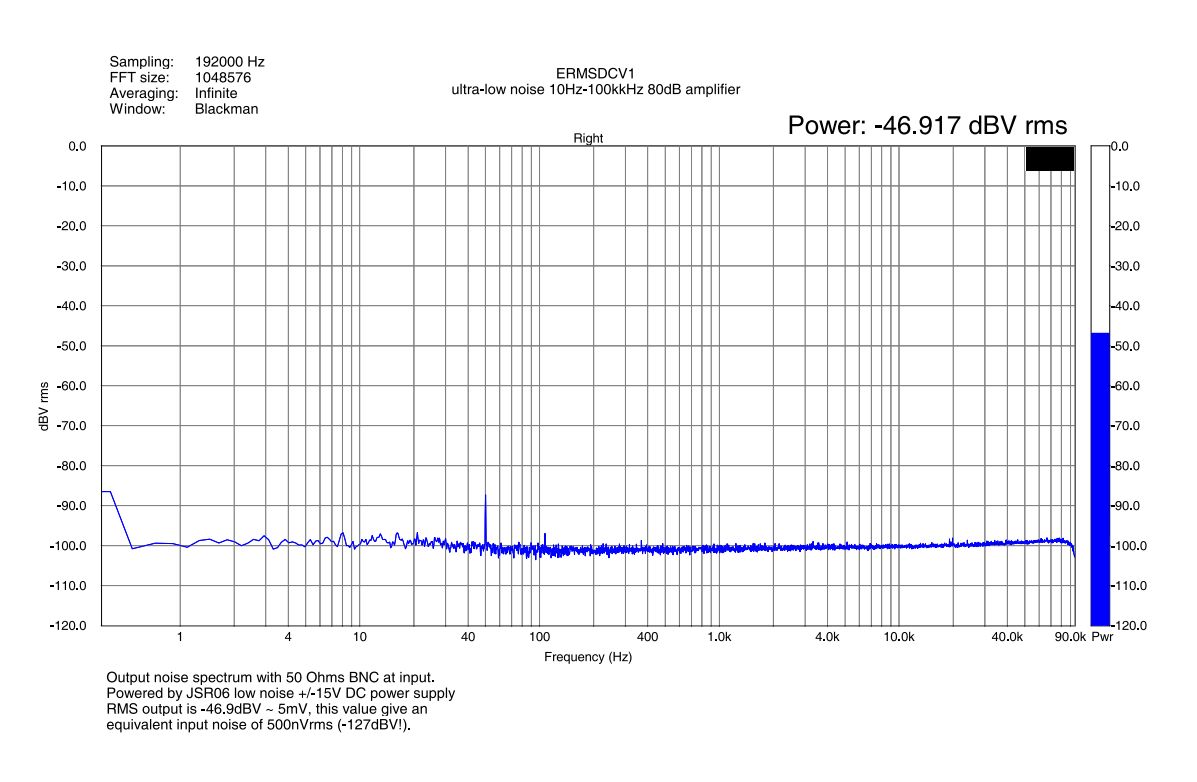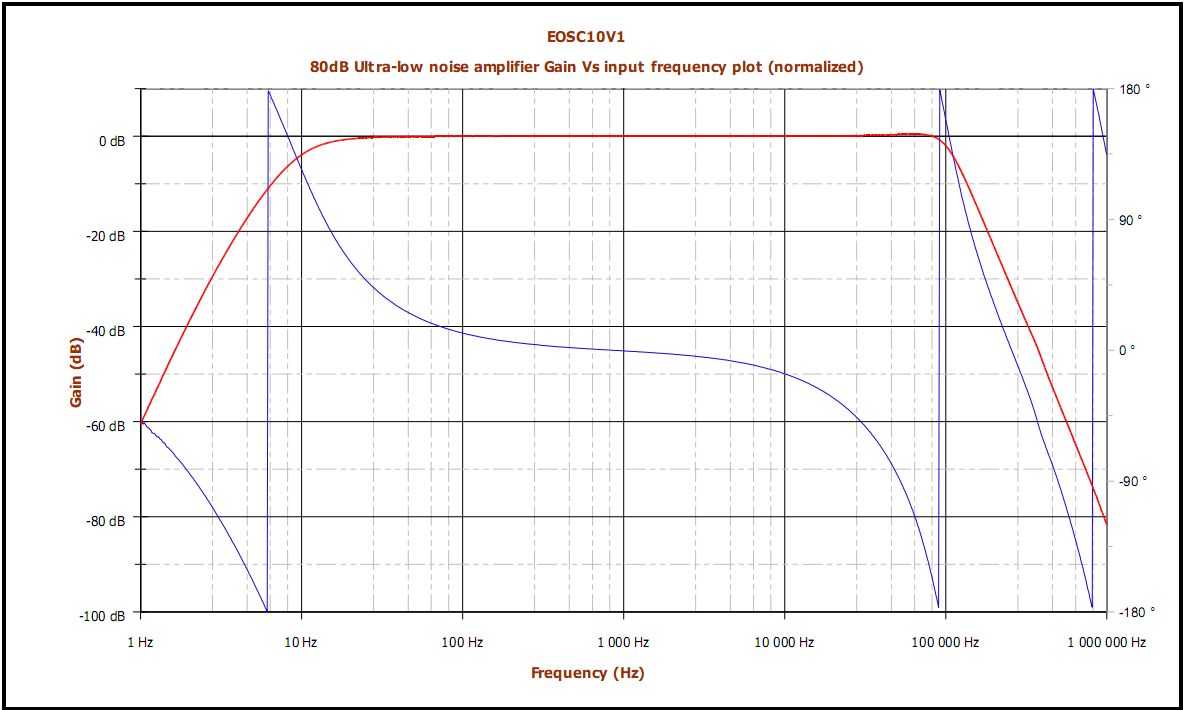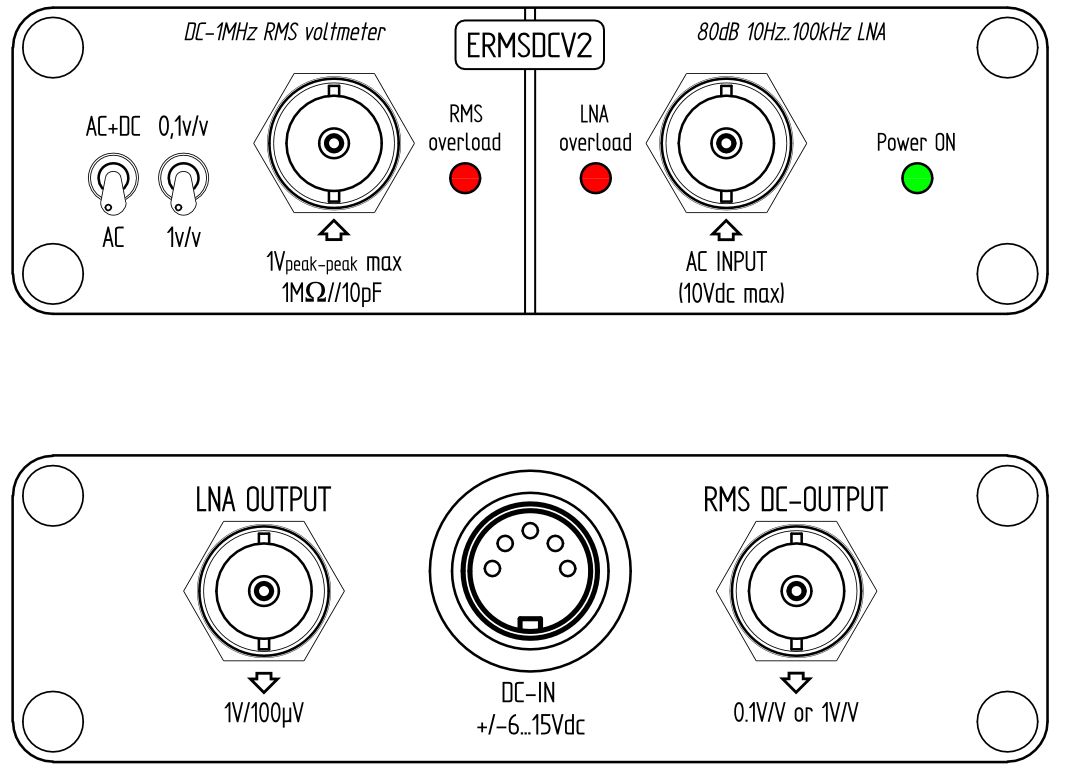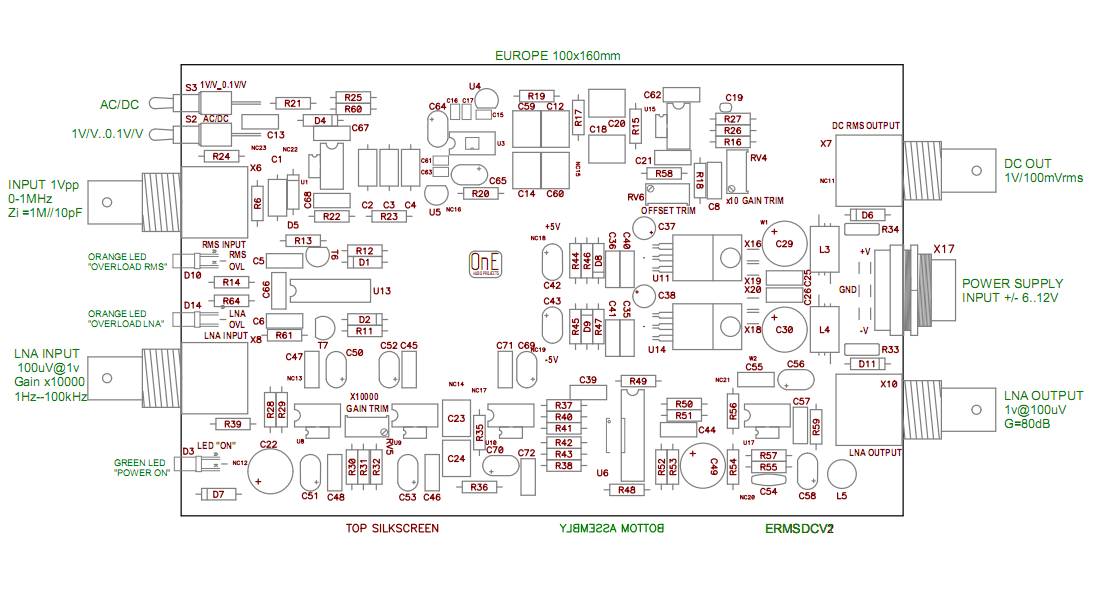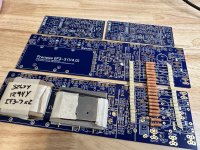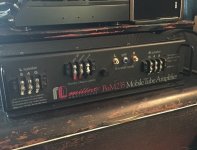Hello,
As some DIYers have already seen, i love to build measurements tools.
I have build some times ago a very useful tool, based on the
AN83 and
AN61 from a Linear Technology.
It's a wideband DC..10MHz RMS to DC converter (AN61) and a very low noise, high-gain, 10Hz-100kHz filtered amplifier(AN83).
This two tools together (or not) are intended to be used for electronics noise maesurements.
I had build it to compare noise produced by differents voltage regulators.
For a this use, the two functions are connected one behind the other, and a DC voltmeter is connected at the output of RMS/DC converter to
display directly the noise level measurement at input of the LNA.
This two function are indépendant but located on the same enclosure.
These tools works fine.So the RMS/DC converter described in the AN61 use an obsolete part, the LT1088.
This part is hard to find, and if you find one you risk to get it at very high cost !
Another issue with this part is it's unabality to doing measurements when signal level is too low.
So, it's practical measurement range is limited to about 10 to 100% of full scale.
On the other hand, the major advantage of this circuit is to allowing measurement at frequency up to 50MHz,
with signal with crest factor very high without degrading the precision.
You can see what does look this first version below.It's a self made PCB.
[Pict1]
Some weeks ago i had decided to make a new version of this tool.
I want to replace the
LT1088 with a modern solution and an easy to find part, to make it more buildable.
Then i think it would be an interesting projects to many DIYers...Isn't it ?
Not many solutions exist to doing RMS-DC conversion, above at reasonable cost.
I eliminate the very known log-antilog converter (like
AD736) because they are cosly, doesn't have
wide bandwidth, have big error with crest factor increase.
Nowadays, a good solution is to use a new IC from Linear Tech, the
LTC1968 (again they !)
This relatively new IC use an innovative way to do RMS-DC convertion.
It allow very good bandwidth of up to 1MHz, very good precision of less than 1% and low cost.
The measurement precision stay very good with low signal level and medium crest factor.
The LTC1968 is also very easy to do work, only few parts are need to be fully fonctionnal.
The only issue is that it only exist in a very tiny SMD package (MSOP8), to require a good soldering tip.
So, unfortunatly for humans eyes it's quite often the case with modern electronics parts....
The main specifications i would ask for each functions of the new measurement tool are :
Common specifications:
* Powered by batteries (+/-6Vdc) or symetric DC supply +/-6V to +/-12V.
* Housed in low cost aluminium case Hammond 1455L1601.
* Standard Europe 100x160mm 2 layers PCB.
* No exotic parts.
1/ Low Noise Amplifier (LNA):
* High gain of 80dB (x 10 000)
* 10Hz..100kHz build-in -3dB pass-band filter.
* Equivalent input noise of about 500nVrms.
* BNC input and output.
* Overload detection.
1/ RMS to DC converter:
* DC to 1MHz measurement bandwidth
* High input impedance 1MOhms/10pF
* Ooscilloscope probe use for x10/x100 attenuation,
allowing extending measurement range.
* 1v/100mV or 1V/V sensitivity output.
* BNC output and output.
* Overload detection.
* AC or DC coupling input.
You can see below the functionnal synoptic of the new projects ERMSDCV2 with above features :
[Pict2]
The LNA doesn't change in the V2, just an overload detection is added, and the possibility to use SMD or DIP parts(dual-pattern).
You can see below the resulting frequency response of the LNA, and it's own output spectrum with shorted input.
(It's not simulation results, but real measurements !)
[Pict3]
[Pict4]
As you see, the measured output noise level of the LNA is about 5mVrms (-47dBV), so it's about 450nVrms reffered to the input (-127dBV)!
(It's the equivalent noise generated by a 150 Ohms resistor at 300°K !)
This very low noise level in this frequency band allow to do measurements in microvolt range. Like regulators noise, amplifiers noise and more.
To achieve this specs, shielding is very important ! An very good power supply or using batteries is recommanded for measuring this level of noise.
50/60Hz line magnetic field can be an issue, so all transformers must be far to the setup measurement, if possible.
The new schematic of the ERMSDCv2 is done, you can download it
HERE (pdf file).
The final design in it's hammong box will look like this ;
[Pict5]
And the printed circuit boards will look like this ;
[Pict6]
Actually i start to solder parts on the prototype PCB and wait to receive some missing parts.
Of course, i will post results as soon i will try it.
I hope that new projects will interest many electronics fanatic like me. ;-).
As for the
"AN67 10kHz low THD oscillator" and
"DIY CS5381 ADC" ,
when the project will be ok i will organize a PCB group-buy for this new design
if some DIYers are interested.
🙂
To follow soon...
Frex.

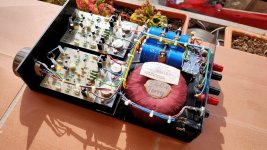
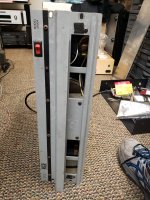
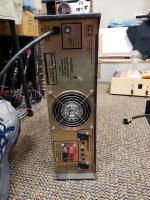
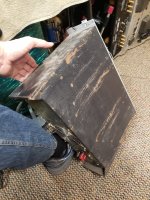
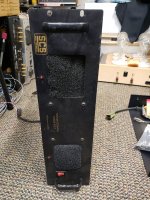
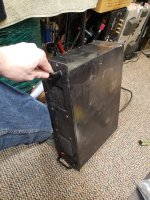
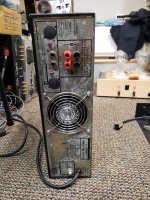
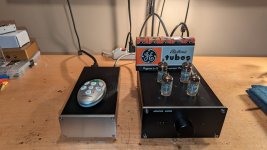
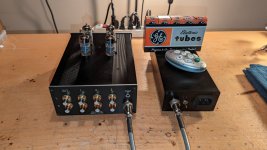

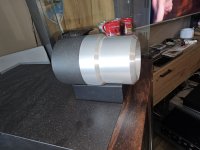
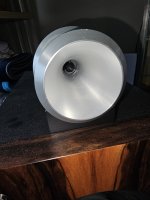
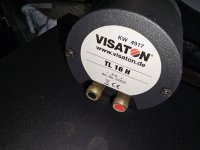
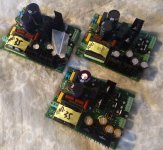
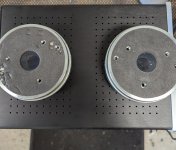
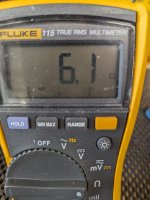
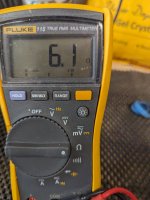
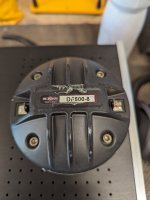
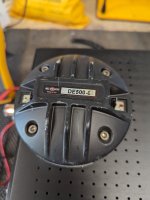
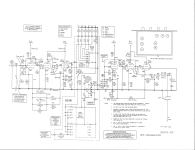
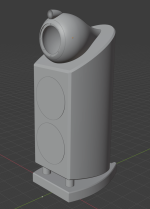
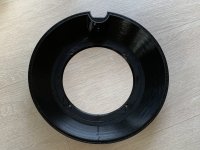
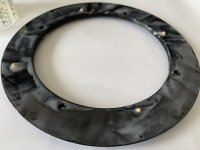
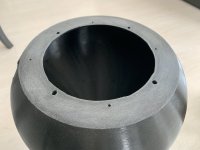
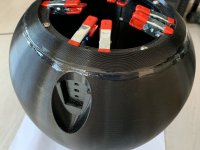
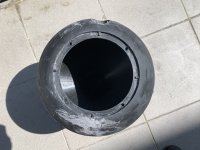
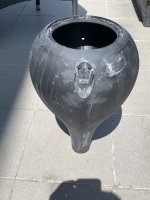
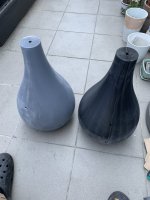
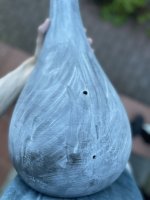
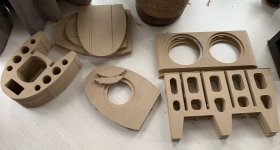
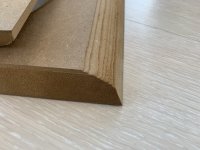
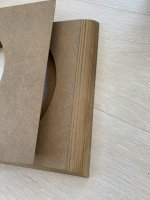
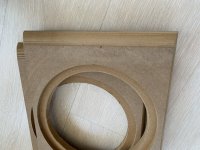
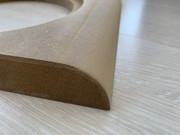
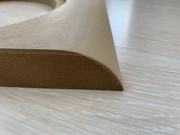
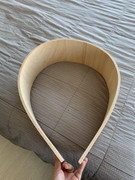
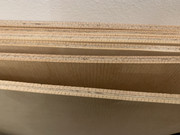
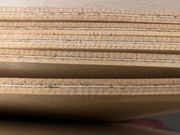
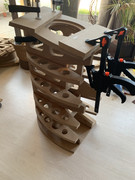
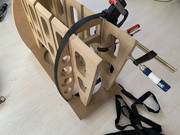
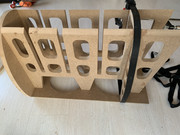
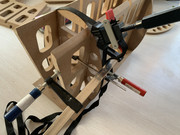
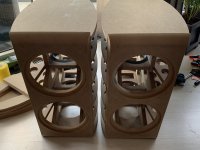

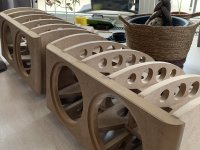
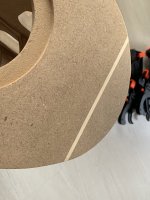
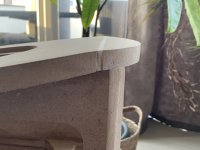
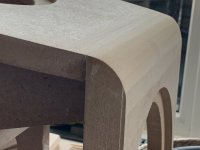
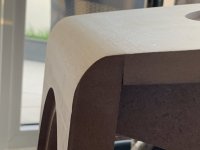

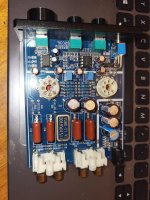
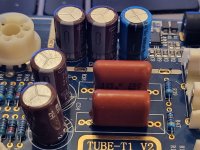
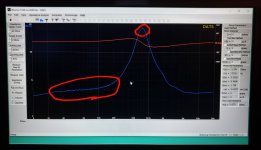
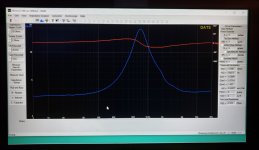
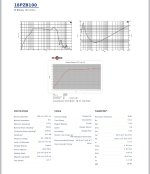
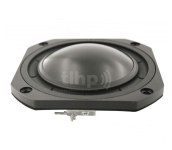
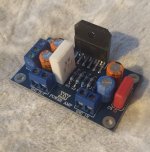
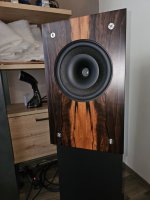
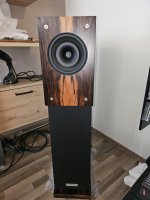
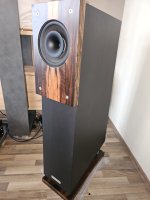
 delivery is also crazy documented in
delivery is also crazy documented in 
